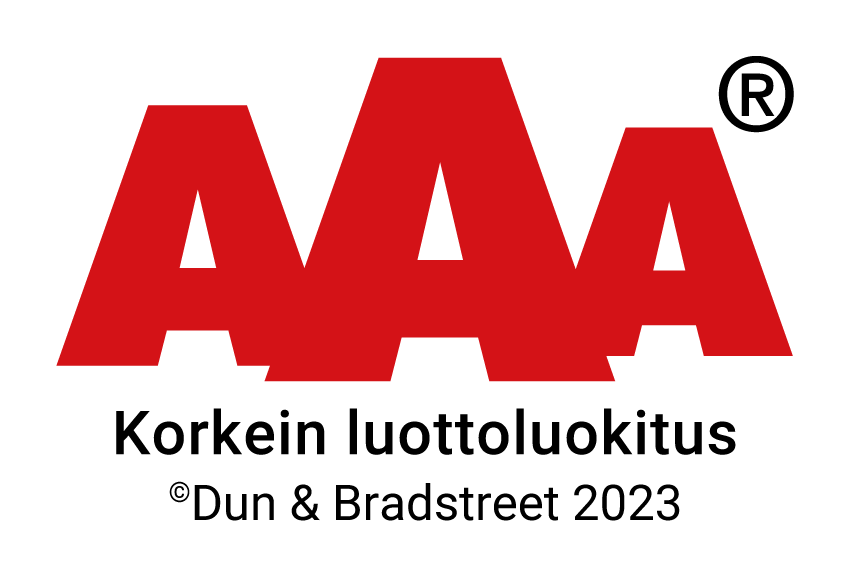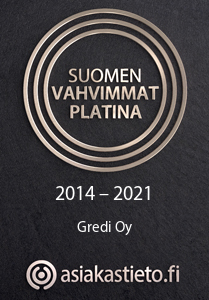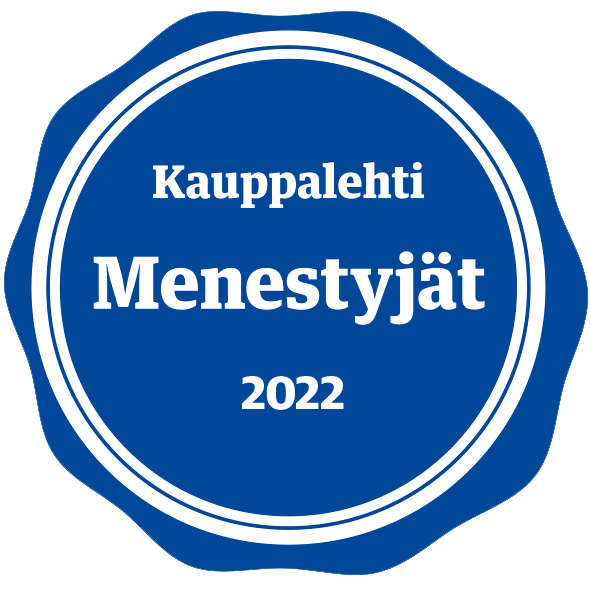How do you identify issues that degrade the value of your digital assets?

Your digital assets are not productive if they are just left to your company’s hard drives. You may invest large sums to acquire new information, but no one cares about the usability of existing information. Have you already identified the strengths and weaknesses of your organization’s asset management?
The users do not always know if your company already has the information they need. If finding or browsing information is difficult, the information will never find its way to the user. Then the euro you invested in the information will not produce the desired results. Information often requires refining and combining to generate useful business information. Even if the users find the information, combining fragmented data can take so much time that the job never gets done.
The purpose of information management is to make your digital assets securely available for everyone and to facilitate the use of information. It also enables you to store, manage, archive, and easily find the information you create.
With Digital Asset Management you can control your expenditure, increase productivity and avoid pitfalls, such as:
- It takes a lot of time to find information. The information is scattered in many places and it is difficult to be retrieved. Metadata and classification are inadequate, and search tools do not serve users’ needs.
- Digital Asset Management does not serve everyone. The system is either not in use, there is no up-to-date or frequently used information stored there, or the user’s asset management skills are inadequate.
- The information is scattered in non-integrated systems. Product information is in one system, brand information in another, and customer information in a third. Compiling the required data set may require a lot of manual work if the systems do not automatically discuss with each other.
- The material is disappearing. If the files are only stored on a hard drive, users may move or accidentally destroy important data. Restoring information or finding original sources take time from more valuable tasks.
- Information management is in silos. Business units or individual people produce information for their own needs, but do not share or communicate about the information to others. Overlapping work is a waste of productivity.
- Information is not readily available when needed. Information is not published for those who need it, and time is spent searching for material and looking for the right people in charge. In addition, more attention needs to be paid to the data storage so that all security-related and access-related issues are considered in order to increase the value of digital assets.
When you want to increase the productivity of your digital assets, you need operating models, tools and know-how to bring information to everyone, automate data processing processes, and facilitate data sharing.
Gredi will be happy to help you with these issues, so please do not hesitate to contact us immediately at myynti@gredi.fi or tel. +358 10 7787100.
« Simplify marketing, multiply resultsWhat GDPR means for good Digital Asset Management? »






